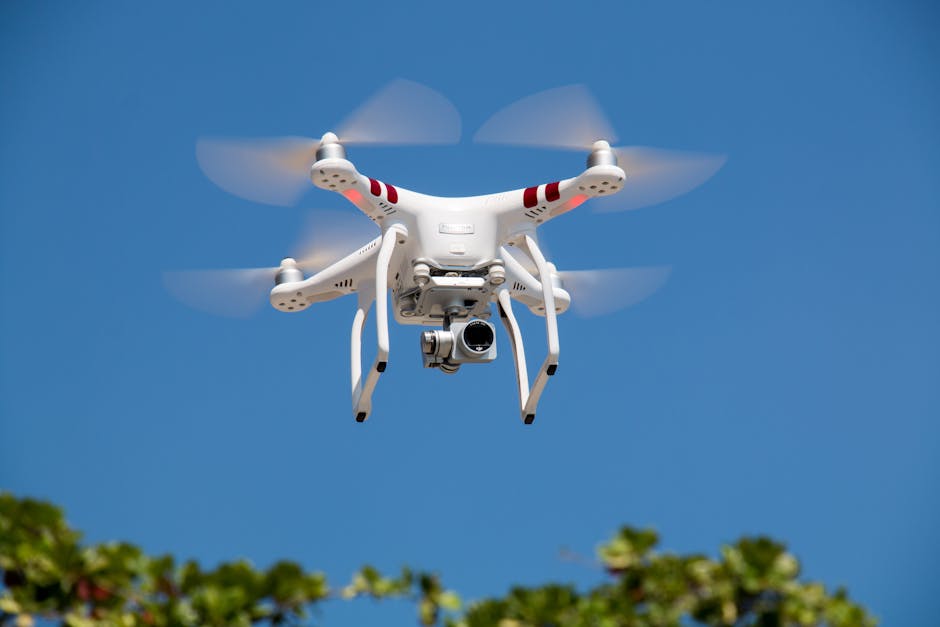The Role of the NTSB in Aviation Safety
Did you know that the National Transportation Safety Board (NTSB) investigates every civil aviation accident in the U.S.? This agency plays a crucial role in keeping air travel safe. Lets dive into what the NTSB does and how it helps protect passengers and crew members every day.
What is the NTSB?

The NTSB is an independent federal agency. Established in 1967, it’s main purpose is to promote transportation safety. While it covers all forms of transportation, it’s aviation division is particularly significant. This includes everything from commercial airlines to small private planes.
How Does the NTSB Investigate Accidents?

When an aviation accident occurs, the NTSB springs into action. But what does this investigation look like? Heres a simple breakdown:
- Initial Response: NTSB investigators arrive at the accident site quickly. They assess the situation and gather crucial information.
- Data Collection: Investigators collect data from the aircrafts black box, maintenance records, and witness statements. This information helps form a complete picture of what happened.
- Analysis: All collected data undergoes detailed analysis. Investigators look for patterns or mechanical failures that might have contributed to the accident.
- Report Writing: After months of research and analysis, the NTSB publishes a report detailing the findings. This report is vital for understanding the causes of the accident.
In a recent investigation, the NTSB examined a crash involving a small plane that lost power. They discovered that a lack of maintenance on the engine led to the failure. Such findings can change how safety protocols are enforced across the industry.
Why Are NTSB Reports Important?

NTSB reports are not just for the aviation industry. They benefit everyone who flies. Heres how:
- Improved Safety Regulations: The NTSB often recommends new safety regulations based on it’s findings. For example, after a series of accidents, they may suggest stricter maintenance checks for specific aircraft models.
- Public Awareness: The reports raise awareness about aviation safety. They inform the public of the risks and encourage safer flying practices.
- Industry Changes: Airlines and manufacturers may change their policies or designs based on NTSB recommendations. This leads to overall safer flying experiences.
For instance, after the NTSB investigated a series of runway incursions, they recommended better training for pilots. This change helped reduce similar accidents in the future.
What Are Some Common Misconceptions About the NTSB?

Many people have questions about the NTSB. Here are some common misconceptions:
- The NTSB Blames Pilots for Accidents. In reality, the NTSB looks at all factors, including mechanical issues and weather. They aim to find the root cause, not assign blame.
- NTSB Investigations Are Quick. Investigations can take months or even years. The complexity of aviation accidents means thorough work is essential.
- They Only Investigate Big Accidents. The NTSB investigates all civil aviation accidents, regardless of size. Every incident offers lessons that can improve safety.
Understanding these misconceptions helps people appreciate the NTSBs role in aviation safety even more.
How Does the NTSB Collaborate with Other Agencies?
The NTSB often works alongside other agencies. These collaborations are vital for a comprehensive approach to aviation safety. Heres how it typically works:
- Federal Aviation Administration (FAA): The FAA oversees civil aviation. It sets safety regulations and standards. The NTSB relies on FAA data for investigations.
- Aircraft Manufacturers: The NTSB consults manufacturers during investigations. Their expertise helps in understanding system failures or design flaws.
- Airlines: Airlines provide vital information during investigations. They share flight data and maintenance records.
This teamwork ensures that no stone is left unturned in the quest for safety.
What Recommendations Does the NTSB Make?
After investigations, the NTSB often issues recommendations. These suggestions aim to prevent future accidents. They can cover various topics, such as:
- Improved Training: The NTSB may recommend additional training for pilots or crew members.
- Equipment Upgrades: Sometimes, they suggest upgrades to safety equipment on airplanes.
- Regulatory Changes: Recommendations may include changes to existing regulations to enhance safety measures.
For example, after investigating multiple accidents related to weather, the NTSB recommended improved weather reporting systems at airports. This change helps pilots make safer decisions.
How Does the NTSB Impact Your Flight Experience?
The NTSBs work directly impacts the way you fly. Here are some ways it benefits you:
- Enhanced Safety Measures: Thanks to NTSB recommendations, airlines implement new safety measures. This includes everything from better pilot training to improved aircraft design.
- Increased Transparency: NTSB reports are public. This transparency helps build trust between passengers and airlines.
- Public Awareness: The NTSB educates the public on aviation safety. This knowledge empowers passengers to feel safer when flying.
Ultimately, every flight you take is influenced by the NTSBs commitment to safety. Their work helps ensure that you arrive at your destination safely.
What Can You Do to Support Aviation Safety?
As a passenger, there are ways you can support aviation safety:
- Stay Informed: Read up on aviation safety and the NTSBs findings. Knowledge is power!
- Report Issues: If you notice something unsafe while flying, report it to airline staff. They might not be aware.
- Follow Safety Protocols: Always pay attention to safety briefings and follow crew instructions.
Your involvement can help improve safety for everyone.
Conclusion: The NTSB’s Ongoing Commitment to Aviation Safety
The NTSB plays a vital role in making air travel safe. Through thorough investigations and recommendations, they constantly work to improve aviation safety standards. Their efforts protect millions of passengers every year.
So next time you board a plane, remember the safety measures in place. Thanks to the NTSB and it’s dedicated professionals, your journey is much safer. For more insights on aviation safety, check out the NTSBs official website at www.ntsb.gov.
Every flight is made safer by their hard work. Stay informed and enjoy your travels!



